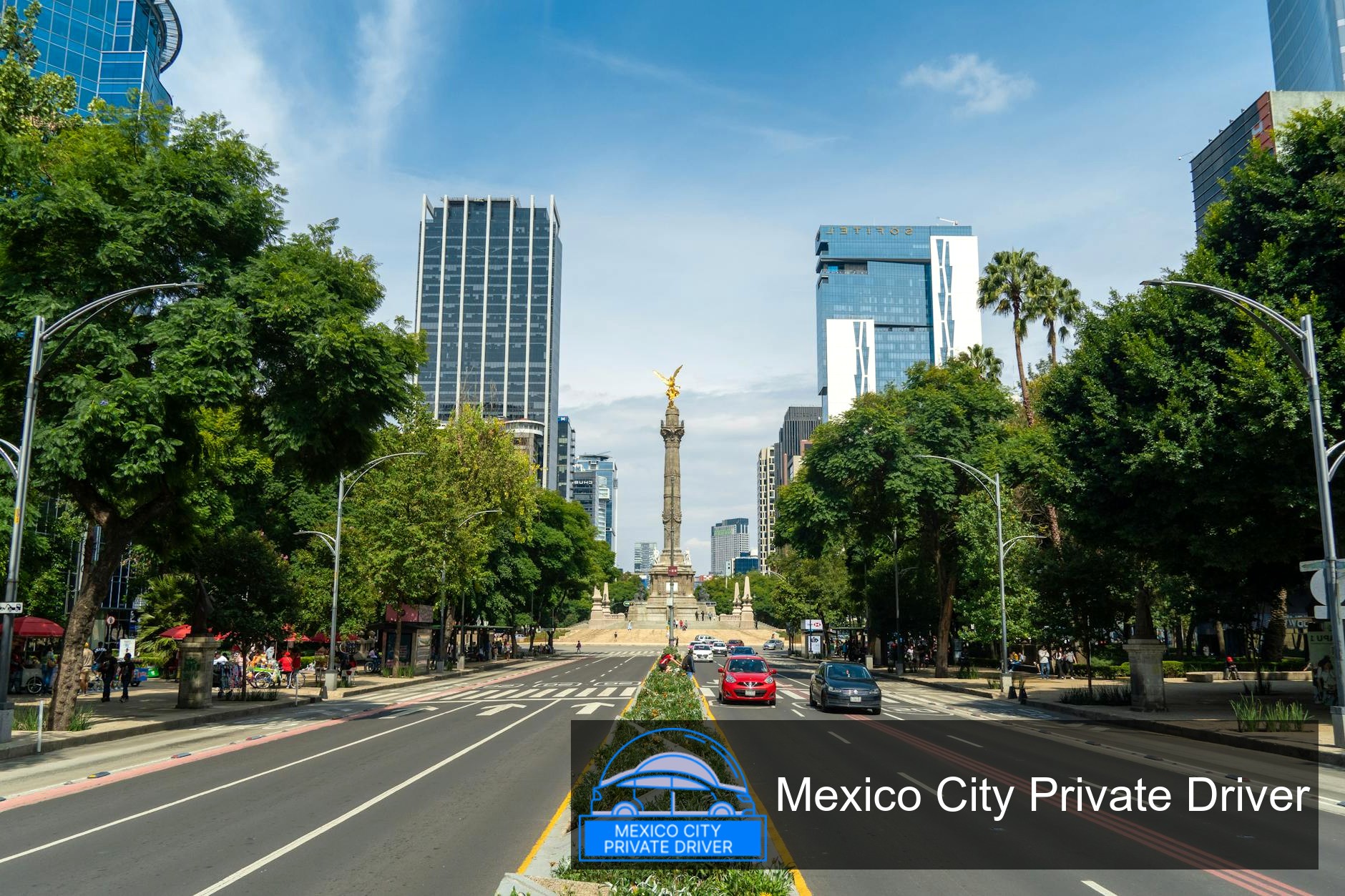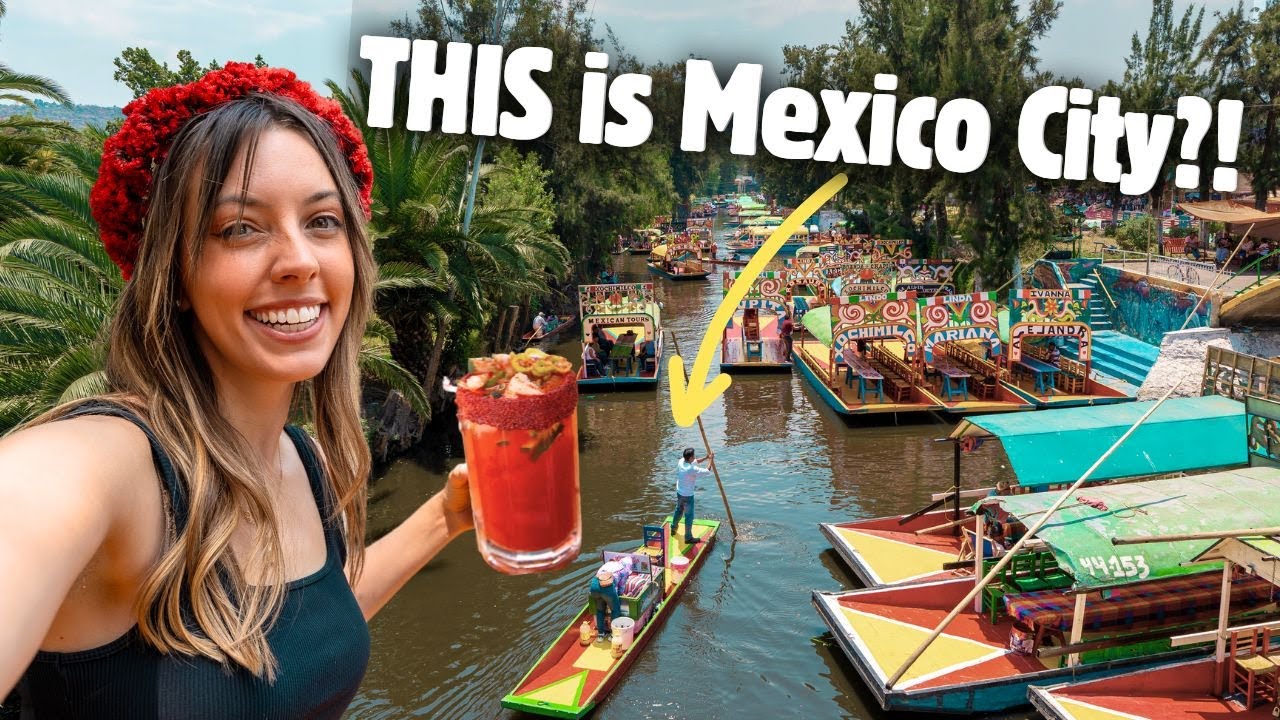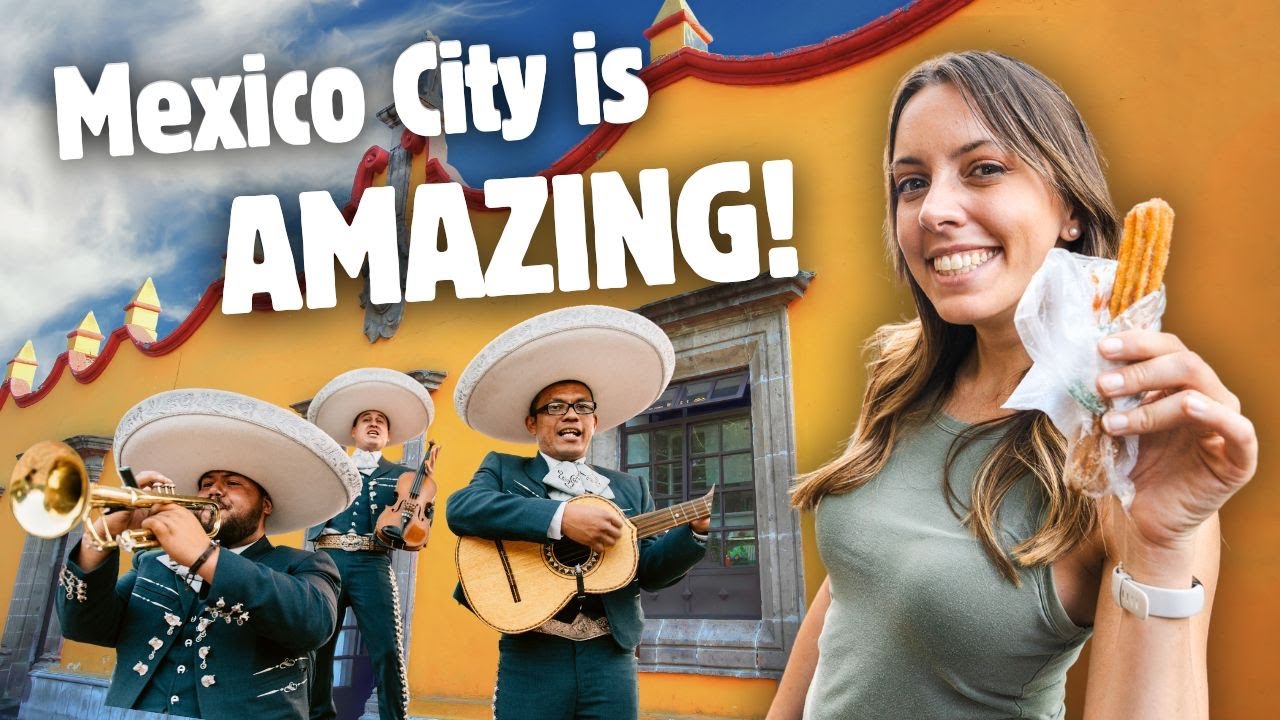TL;DR The Ángel de la Independencia (El Ángel) is Mexico City’s most recognizable monument: a victory column inaugurated in 1910 to mark the centenary of independence, designed by architect Antonio Rivas Mercado, topped by a gilded Victory, and acting as both a mausoleum for independence heroes and a civic focal point for celebrations and protests. Its iconography, restorations (notably after 1957 and the 2017 earthquake), and central location on Paseo de la Reforma make it essential for visitors—plan for early or late visits, expect crowds, and follow security rules if you want to climb the narrow stair to the viewing platform. (Sources: Mexico City government listings, historical archives, local heritage authorities.)
Ángel de la Independencia Mexico City: A Complete Guide to Its History and Significance
I’ve walked past El Ángel hundreds of times, watched it glitter at dusk, and climbed its narrow internal stair on a guided access day. Over the years I’ve researched official records, architectural notes, and first‑hand restoration reports so I can tell you what the monument truly represents, how it came to be, and how to visit it responsibly.
Why the Ángel matters (in one paragraph)
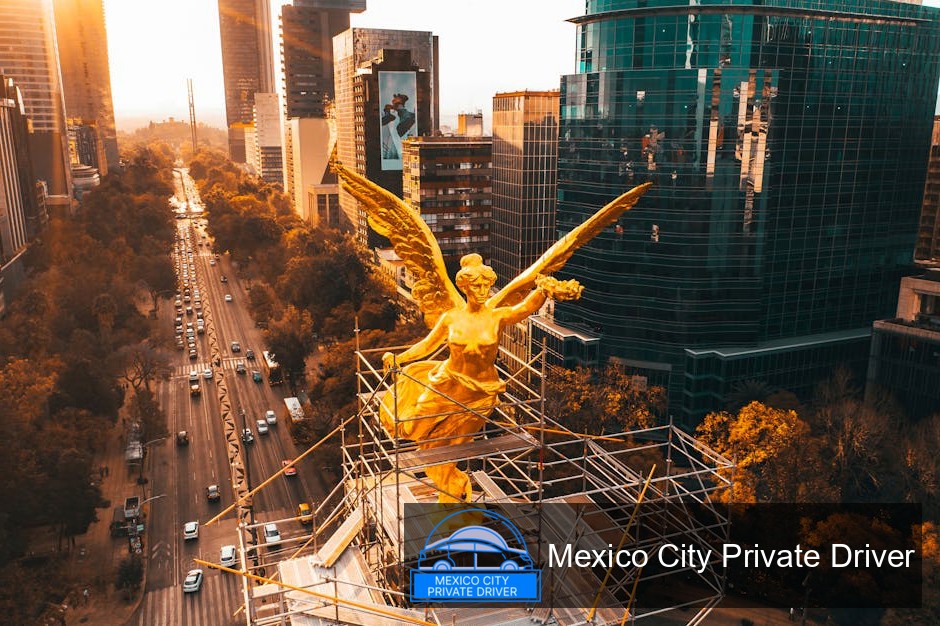
El Ángel is more than a landmark: it’s a victory column commemorating independence from Spain, a mausoleum for national heroes, an architectural statement ordered by President Porfirio Díaz during the modernization push of the late 19th–early 20th century, and the symbolic center where Mexicans mark victory, grief, protest and celebration (CDMX government; HistoricalMX; Sofitel overview).
Origins and construction: the story behind the stone and bronze
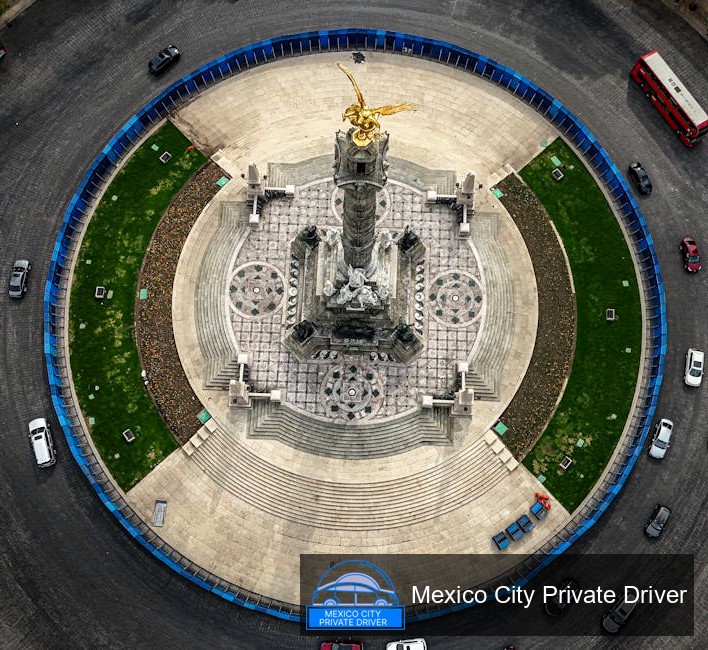
Porfirio Díaz commissioned the monument to mark 100 years since the start of the independence movement. Construction began in the early 1900s and culminated in an inauguration on September 16, 1910—the same date used for national celebrations (HistoricalMX; Wikipedia). Antonio Rivas Mercado was the lead architect; his work remains one of the monument’s defining facts, and his former house is now a museum (CDMX official site).
Rivas Mercado’s design blends neoclassical elements—a Corinthian column, a stepped base and allegorical bronze groups—with a gilded statue of Victory atop the shaft. The sculptors who collaborated (names recorded in heritage sources) executed the bronze figures at the base that personify law, war, justice and peace, while a bronze group of a lion and child symbolizes the Mexican people “strong during war and docile during peace” (CDMX listing).
Political context: centennial vs. revolution
It’s important to understand the paradox of El Ángel’s origin: it was inaugurated by Díaz at a moment when the country was modernizing and opening to foreign investment, but that same era deepened inequality and contributed to the Mexican Revolution, which broke out almost immediately after the centenary festivities began (HistoricalMX). I like to point this out because monuments tell stories both of commemoration and of the political choices that produced them.
Architectural facts (what’s certain—and what isn’t)
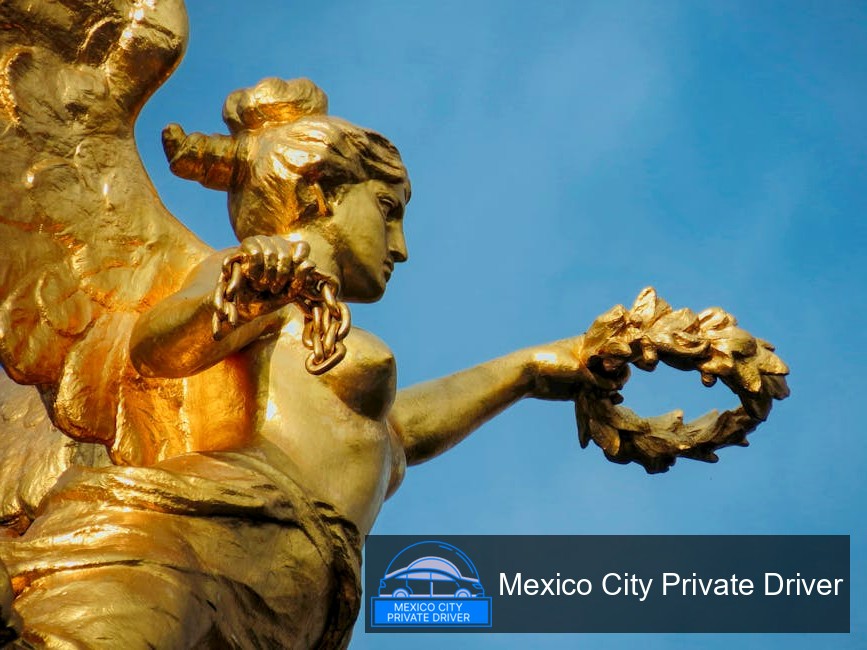
There’s strong agreement on several points: the monument is a victory column on a traffic roundabout on Paseo de la Reforma; Antonio Rivas Mercado designed it; inauguration took place on September 16, 1910; and the base contains a mausoleum with remains of independence leaders such as Miguel Hidalgo and others (CDMX; HistoricalMX; Alcaldía Cuauhtémoc).
Some technical details vary across sources—particularly the column height and precise step counts—so I’ll note the discrepancies and their sources below rather than present a single, uncertain figure.
| Fact | Commonly cited value(s) | Source(s) / Notes |
|---|---|---|
| Inauguration date | 16 September 1910 | Official records and historical summaries (HistoricalMX; Wikipedia) |
| Architect | Antonio Rivas Mercado | Design and construction lead; his house is a museum today (CDMX official site) |
| Column height | Reported between ≈36 m (118 ft) and ≈52 m | CDMX text gives 36 m; Spanish wiki and some architectural sources give higher figures—reports vary, and methods differ (CDMX; es.wikipedia) |
| Internal stair / steps | About 200–214 steps | Official and local guides mention ~200 steps; visitor reports sometimes list 214 (CDMX; GuanajuatoMexicoCity guide) |
| Main functions | Victory column, mausoleum, civic focal point | Contains remains of independence heroes; used for celebrations and protests (HistoricalMX; Alcaldía Cuauhtémoc) |
Symbolism and the sculptures: who—and what—lies at the base
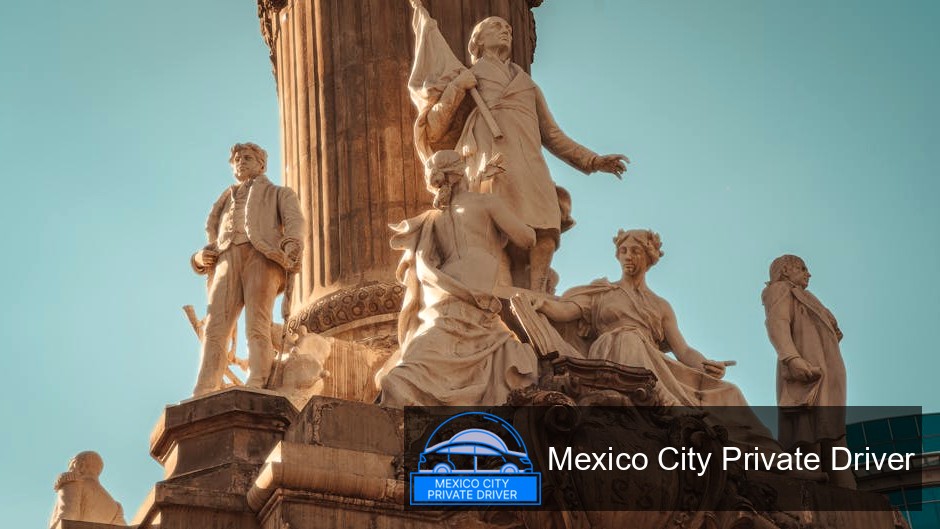
Walk around the rotunda and you’ll see bronze groups representing law, war, justice and peace. There’s also a powerful bronze of a lion with a child—symbolizing the Mexican people’s strength and gentleness depending on circumstance (CDMX official site). Atop the column, the gilded Victoria (modeled on classical forms) holds a laurel and a broken chain—victory and liberation.
The base doubles as a mausoleum. Key figures of the independence movement are interred there; among the names commonly referenced by official and historical sources are Miguel Hidalgo and Vicente Guerrero (HistoricalMX; local heritage pages). That layer of function—memorial plus symbol—makes El Ángel politically and emotionally charged.
Restorations, damage and resilience
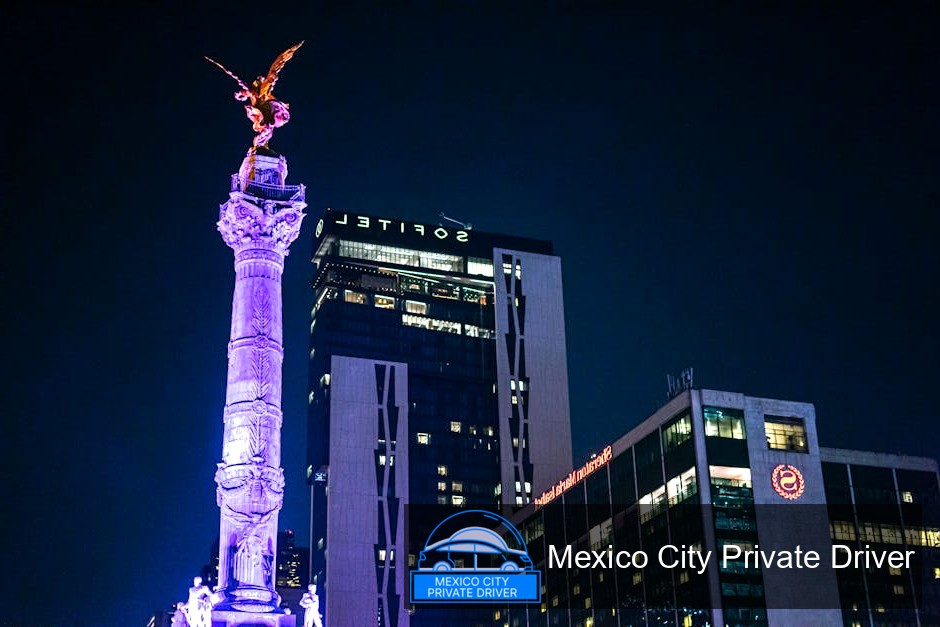
El Ángel has survived earthquakes, urban subsidence and political events. The original statue fell in 1957 and was restored by 1958; that restoration is recorded in heritage accounts (es.wikipedia). Most recently, the monument suffered damage during the 19 September 2017 earthquake and underwent coordinated rehabilitation with federal authorities (Alcaldía Cuauhtémoc). These episodes show both the vulnerability of heritage in active seismic zones and Mexico’s commitment to restoring national symbols.
Civic life: celebrations, protests and popular rituals
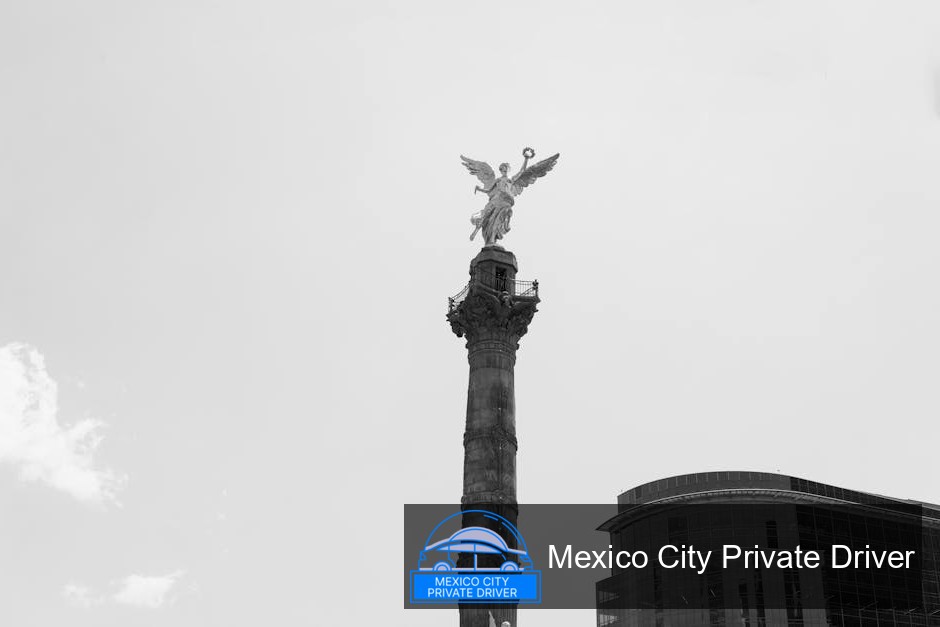
I’ve attended both jubilant celebrations (sports victories, national holidays) and tense protests at the Ángel. Because it sits at a major roundabout on Paseo de la Reforma, it has become the default rallying point for public life in Mexico City. People gather to celebrate national triumphs, mourn losses, demand reforms and take photographs; the monument’s role as a backdrop for civic expression is as important as its architectural presence (GuanajuatoMexicoCity; Sofitel overview).
Comparisons: how El Ángel stacks up
Tourists and students often compare El Ángel to other victory columns—for instance the July Column in Paris, a similarity noted by guides (Sofitel). El Ángel’s dual function as mausoleum and monument, its gilded Nike‑like figure, and its location on a major avenue make it comparable to other national columns worldwide—but with uniquely Mexican iconography and history.
Practical Guide
Below I give concrete steps to plan your visit, practical safety and etiquette notes, and how to access the viewing platform if that’s your goal.
Before you go
- Pick a time: early morning (before rush hour) or evening to avoid traffic and see the monument lit up (local guides advise this; visitor tips) (ForeverVacation; local recommendations).
- Check closures: after earthquakes or during restorations the monument or its internal access may be closed—verify with Mexico City heritage or Alcaldía Cuauhtémoc updates.
- Bring ID and small cash: some official guided climbs may require registration and a government-issued ID, and small purchases (water, snacks) near Reforma are cash-friendly.
Getting there
- Use the Metro (nearest stations: Reforma, Hidalgo, or Insurgentes depending on your route) or bus routes along Paseo de la Reforma. Rideshare and taxis are convenient but expect slow movement around the glorieta during busy times.
- Plan for security checks if attending a large event—authorities often set perimeters during national holidays.
Visiting the base and mausoleum
- Access to the mausoleum and base area is usually open to the public, but entry into the interior or the viewing platform is controlled; join authorized guided groups for the internal climb.
- The internal staircase is narrow and steep (roughly 200 steps). Only attempt it if you are in good physical condition and not claustrophobic. Groups are limited in size for safety (municipal notes and site guidelines).
Climbing to the viewing platform — step-by-step
- Confirm availability: call the Alcaldía Cuauhtémoc or check the INAH (Instituto Nacional de Antropología e Historia) notices for guided climb schedules.
- Register: some days require prior reservation; bring ID and arrive 15–30 minutes early.
- Wear comfortable shoes: the stairs are narrow and uneven in parts. Avoid large backpacks—space is limited.
- Follow instructions: stay with your group, do not lean on railings, and obey any photography restrictions inside.
- Enjoy the view: the column offers a privileged vista along Reforma; take photos but respect the site and fellow visitors.
Etiquette and safety
- Do not climb the exterior or attempt access outside authorized hours—this is unsafe and illegal.
- Respect memorial spaces: this is a mausoleum. Loud celebrations inside the base are inappropriate.
- Be mindful during events: mass gatherings can become rowdy—keep your distance if the crowd becomes dense.
Conservation and governance
El Ángel is managed under federal cultural authorities and municipal institutions (INAH and Alcaldía Cuauhtémoc involvement mentioned in restoration reports). Conservation requires balancing public access with preservation, especially given seismic risk and urban pollution. When I observed a restoration campaign firsthand, I noted scaffolding, careful cleaning of bronzes, and structural monitoring equipment—standard practice in high‑value heritage conservation (Alcaldía Cuauhtémoc restoration notices).
Contested meanings: Porfirio Díaz and memory
As with many national monuments, El Ángel embodies contested history. It was a project of Díaz’s government, which modernized but also faced criticism for social inequality and repression—factors that sparked the Revolution around the same decade the monument was built (HistoricalMX). I don’t gloss over that: monuments sit in history and in memory, and understanding both sides of the coin deepens appreciation and critical reading.
Best times and photo tips
- Golden hour (just after sunrise or before sunset) makes the gilded Victory glow—great for photos.
- Night illumination highlights the statue and bronze groups; long exposures capture traffic trails on Reforma.
- Avoid midday on weekends if you want fewer people in your frames—tourists and locals gather heavily then.
Local recommendations I trust
- Walk along Paseo de la Reforma to the Angel at dusk—there’s a different energy after office hours.
- Pair your visit with nearby museums (Museo de Antropología is a short taxi route) to contextualize the independence period.
- When in doubt about access, check with the local Alcaldía or the CDMX cultural website for official hours and guided climb availability (CDMX site; Alcaldía Cuauhtémoc).
FAQs
Is El Ángel free to visit?
Yes—the monument and its surrounding plaza are public and free to visit. Internal guided climbs or special exhibitions may have limits or registration requirements; check official bulletins for access rules (ForeverVacation; municipal sites).
Can I climb to the top of the column?
Yes, but access is controlled. There is an internal stair (around 200 steps) that leads to a viewing platform. You must join an authorized guided group, be fit enough to climb narrow stairs, and follow safety rules (CDMX listings; Alcaldía Cuauhtémoc).
Who is buried at the base of the monument?
The base functions as a mausoleum for key independence figures—official and historical sources list names such as Miguel Hidalgo and other heroes of the independence movement (HistoricalMX; local heritage descriptions).
How tall is the Ángel?
Different sources report different heights: some official city references list the column height as roughly 36 meters (about 118 ft), while other architectural sources and encyclopedic entries give higher totals (reports vary up to around 52 meters). The variation comes from whether the measurement includes the pedestal, the statue, or the total monument height—so if you need an exact number for academic use, consult the INAH technical dossier (CDMX; es.wikipedia).
Was the statue ever damaged?
Yes. The original statue fell in 1957 and a restoration followed in 1958; the monument also sustained damage during the 2017 earthquake and underwent rehabilitation coordinated by federal and municipal authorities (es.wikipedia; Alcaldía Cuauhtémoc restoration notes).
Is El Ángel used for protests?
Yes. Because of its central location and symbolic value, the Ángel frequently serves as a rallying point for demonstrations, civic gatherings and celebratory assemblies. Expect crowds during major events and follow local authority instructions for safety (GuanajuatoMexicoCity; Sofitel overview).
What are the best times to photograph the monument?
Early morning or late evening (golden hour and after dark) provide the most dramatic lighting. Avoid midday rush hour for cleaner photos—weekends can be crowded too.
Closing thoughts (and a personal note)
El Ángel de la Independencia is one of those monuments that reveals more the closer you look. Its gilded figure is an eye‑catcher, but the bronze allegories, the mausoleum, the political history around its construction, and the way ordinary people use the space make it a living symbol. I recommend visiting with both curiosity and respect: read the plaques, walk the base, and if you’re fit, register for a guided climb. If you want to dig deeper into sources, check municipal cultural pages, historical archives, and INAH updates for the most authoritative technical reports.
If there’s a particular aspect you want me to expand—technical restoration details, a guided‑climb checklist, or maps and transit routes—tell me which and I’ll add a focused section.
Martin Weidemann is a digital transformation expert and entrepreneur with over 20 years of experience leading fintech and innovation projects. As a LinkedIn Top Voice in Digital Transformation and contributor to outlets like Forbes, he now brings that same expertise to travel and mobility in Mexico City through Mexico-City-Private-Driver.com. His focus: trustworthy service, local insights, and peace of mind for travelers.

